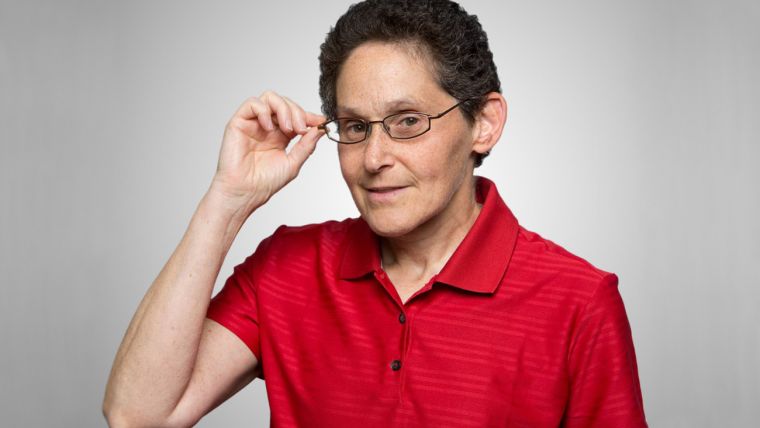Addressing Solution, Meet your Problem
I love to listen to tech podcasts that cover new gadgets or services. I’m not a big gadget person, but I love to think through the problem that a new product or service solves.
I heard about some new offerings announced at CES, the big consumer tech show held each January in Las Vegas, NV. Razer announced Project Linda, a hardware dock for its phone. When plugged into the dock, which is basically a brainless laptop, the phone serves as both brain and touchpad. What problem does that solve? One that very few people have. I’d describe Project Linda as a solution in search of a problem. On the other hand, a new service powered by Robomart solves an actual problem. Consumers are fine having Amazon or the local grocery chain deliver packaged goods, but not produce. Robomart’s solution is a self-driving produce aisle that visits the home, allowing the consumer to select and easily pay for the apples and kale.
We face the ‘solutions in search of a problem’ issue in the geospatial industry too. Sometimes, however, it’s more of a solution ahead of its time. That’s what’s happening with what3words, which I wrote about in 2015. I argued that the 3m x 3m grid of the world, with each square named with three words, had limited appeal because it didn’t solve a widespread problem. I was specifically concerned because the scheme removes and replaces the social constructs of addresses that people use all the time! Street addresses with meaning (8 Main Street, Cambridge, MA) or relative location (70 N Wabash, Chicago, IL) are gone. Trade.circle.rings, the Cambridge address, and loans.legend.garage, the Chicago location, remove the “main-ness” of Main Street and the relationship between two addresses on the same street. I argued that people would miss such important geographic clues, limiting the appeal of the addressing service.
What I didn’t foresee in 2015 was that in 2018, what3words would solve a problem not for people, but for machines. As we start 2018, what3words is in the CES spotlight with Project Linda and Robomart. The news: Daimler AG, the automotive company, enhanced its relationship with what3words by acquiring about 10% share. Daimler had already committed to adding what3words to its Mercedes-Benz navigation system last fall.
What problem is Daimler investing in what3words to solve? It solves the problem of identifying for the navigation systems (or in time, for the self-driving car) a precise destination address. Like other map-related data required by the fast-evolving self-driving car industry, the address triplets are for use not by humans, but by machines.
What3words has not yet shared exactly how its addressing system will be integrated into cars. A promo video shows a driver looking at an in-car map on a console and reading off the what3words destination aloud. How did the driver find the correct three words? I suspect the driver would start by either scrolling around a map of their current location or by saying or typing an old fashioned address. When the map appears, the driver would zero in on the target on the map. Only then, would the driver click on or speak the three-word name of the target 3m x 3m square. The human in this scenario identifies or confirms the three world location, but the underlying technology “makes sense” of it and uses it to determine the route to the high-resolution target location. The three-word address is used then discarded, rather like an intermediary geospatial data format.
This use of what3words makes sense to me; it solves a problem. But, do not expect people to be using addresses like trade.circle.rings anytime soon when communicating with your friends and colleagues. Instead, keep an eye out for some kind of “what3words enabled” badging or logos on Mercedes-Benz vehicles in the coming months.
This article was published in GIS Professional February 2018

Value staying current with geomatics?
Stay on the map with our expertly curated newsletters.
We provide educational insights, industry updates, and inspiring stories to help you learn, grow, and reach your full potential in your field. Don't miss out - subscribe today and ensure you're always informed, educated, and inspired.
Choose your newsletter(s)
























